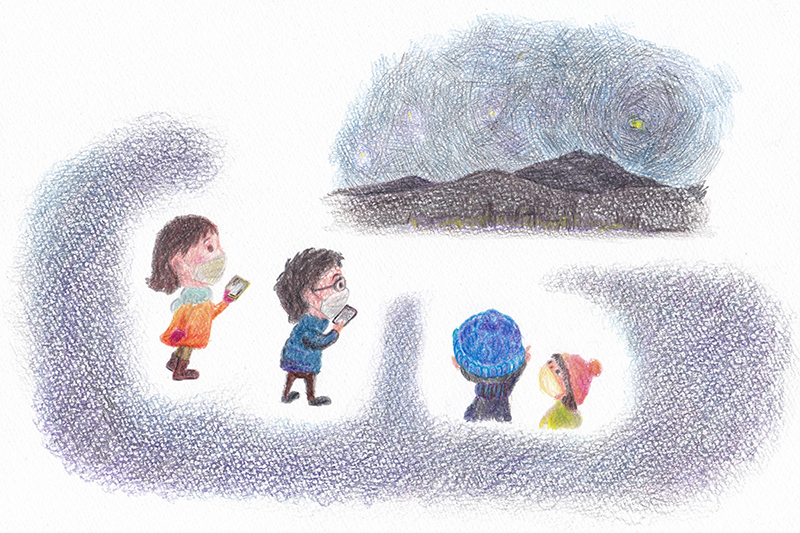The points of observation
- Watch by the naked eye (You may observe with glasses or contact lenses).
- Jupiter and Saturn can be seen in the low southwestern sky, so check in advance where that direction is not obscured from view.
- We recommend you to watch Jupiter and Saturn not only in the evening of "extra-close" encounter but on a routine basis.
- Looking at the starry sky for about 5 minutes, get accustomed to the outside environment (prepare for the night vision test).
- The appearance of Jupiter and Saturn may change depending on the brightness of the sky (or the brightness of the surroundings), so it is recommended to try (observe) several times in the evening of the same day.
(Because Jupiter is brighter and begins to appear earlier than Saturn, there is a period of time when only Jupiter can be seen regardless of night vision.) - If you live in the northern hemisphere, observe in warm clothes because it is a cold time.
- Get enough sleep and observe in perfect health.
- Ward off COVID-19, keep a distance between people, and observe.
- When posting from a PC, be sure to record the observation date and time and the observation location.
Let's post your result!
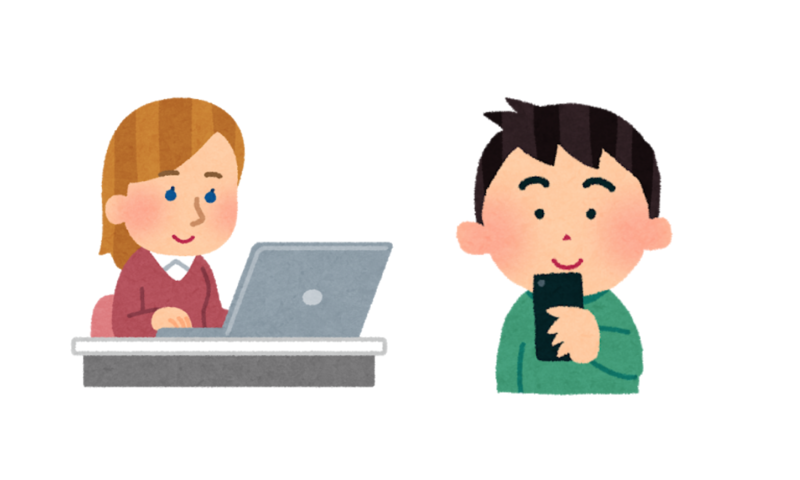
Please post the following items from "I saw it" web-form (period for acceptance: from December 1 to December 31).(Note 1) You can submit from your smartphone, tablet, or PC. If you post, you can get an observation certificate with a photo taken by Dr. Kouji Ohnishi!
| Item | Explanation |
|---|---|
| 1. How Jupiter and Saturn look like | Select one of the images that looks most similar to what you saw among those with a caption "looked as one", "looked two stars were touching", "looked apart",or "I could not see". Please post the results of your observation with your eyes wide open (Please do not post the results of observation by squinting or closing one eye!). |
| 2. Observation Date and Time | The time when accessing the submission form is displayed by default. If it has been a while since you observed it, change it to the time you actually observed. |
| 3. Observation Location | The current location is displayed by GPS or Wi-Fi location information service. If the position is not displayed correctly, enter the observation location manually.(Note 2) |
| 4. Notes and impression (if any) | If you have any notes or impressions that you noticed after observing, please comment! |
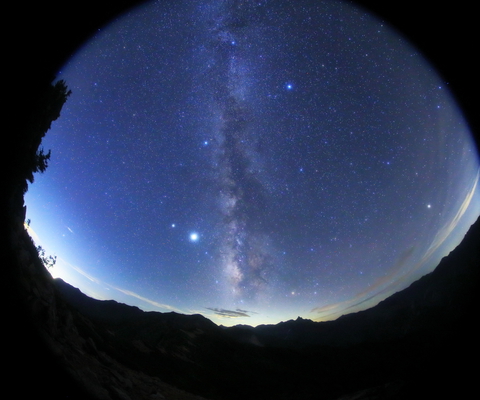 |
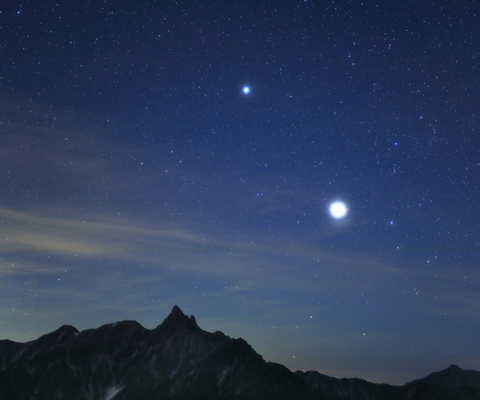 |
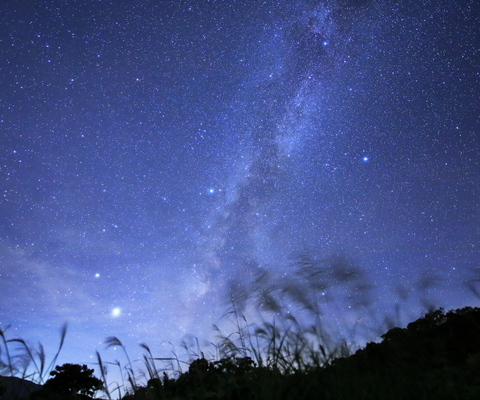 |
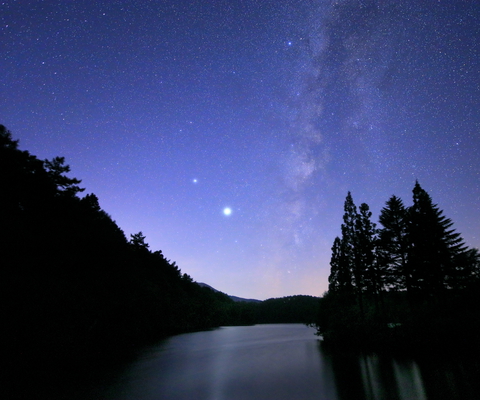 |
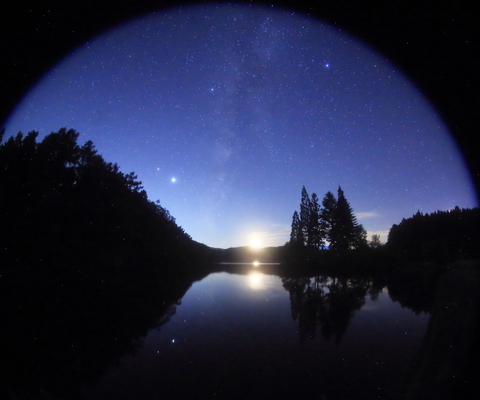 |
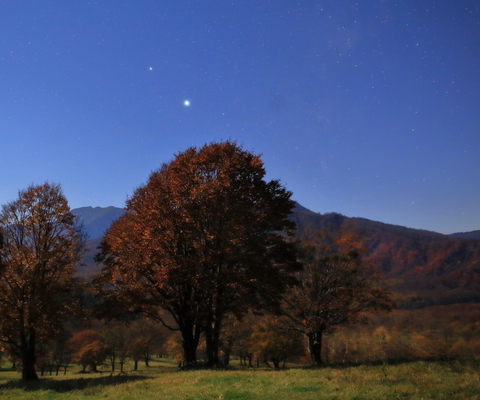 |
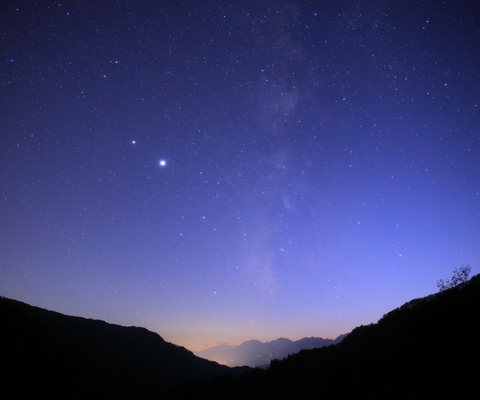 |
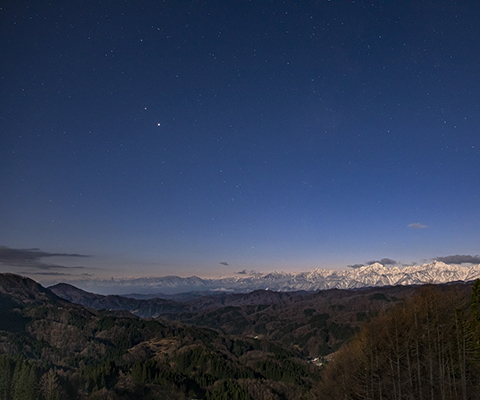 |
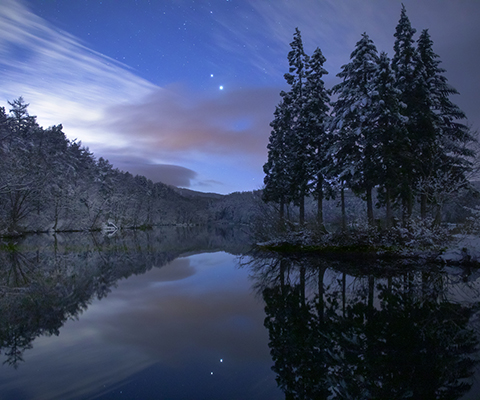 |
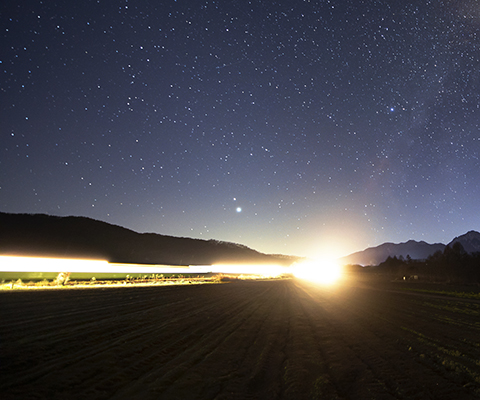 |
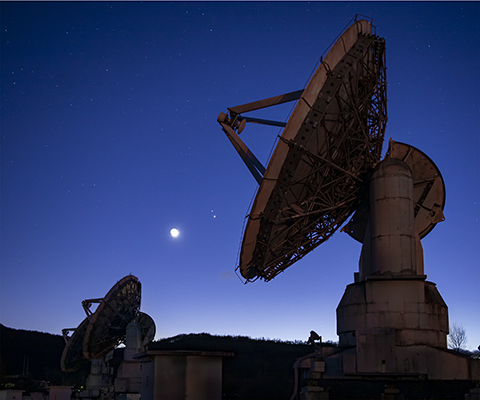 |
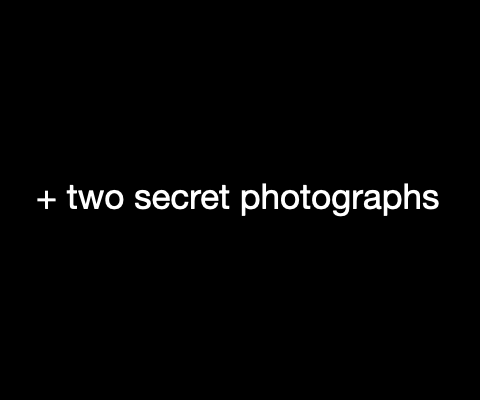 |
(Note 1) The information you enter will not be used for any purpose other than the purpose of this project (research on night vision).
(Note 2) We do not identify individuals from location information.
(Note 3) The photo in the certificate will be displayed randomly regardless of the contents posted.

